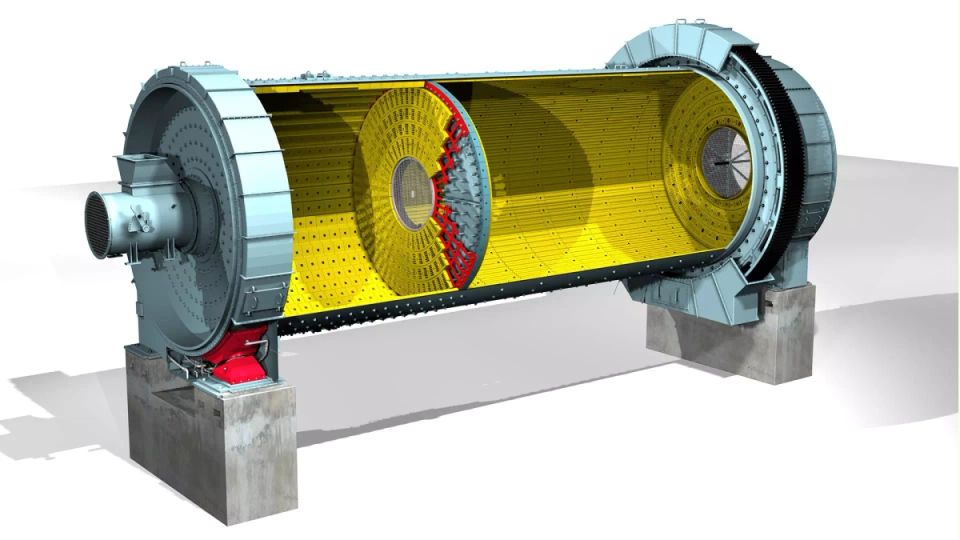
Cement grinding with our highly efficient ball mill
The ultimate ball mill – with flexibility built in
You can’t optimise cement grinding with a one-size-fits-all solution. That’s why our ball mills are designed to adapt to your requirements, with a high degree of flexibility built in. You decide whether to operate the mill in open or closed circuit, with or without a pre-grinder and with side or central drive, according to your plant layout and end product specifications. Even the lining types are tailored to your operating parameters. This customised approach ensures you get maximum grinding efficiency with minimal maintenance. In addition, the large through-flow areas enable the mill to operate with large volumes of venting air and a low pressure drop across the mill. This reduces the energy consumption of the mill ventilation fan and keeps your energy costs down.

Proven design. Low maintenance. High efficiency.
Buying a new mill is a huge investment. With over a century of ball mill experience and more than 4000 installations worldwide, rest assured – we have the expertise to deliver the right solution for your project. Our ball mill is based on standard modules and the highly flexible design can be adapted to your requirements. The mill comprises the following parts.
